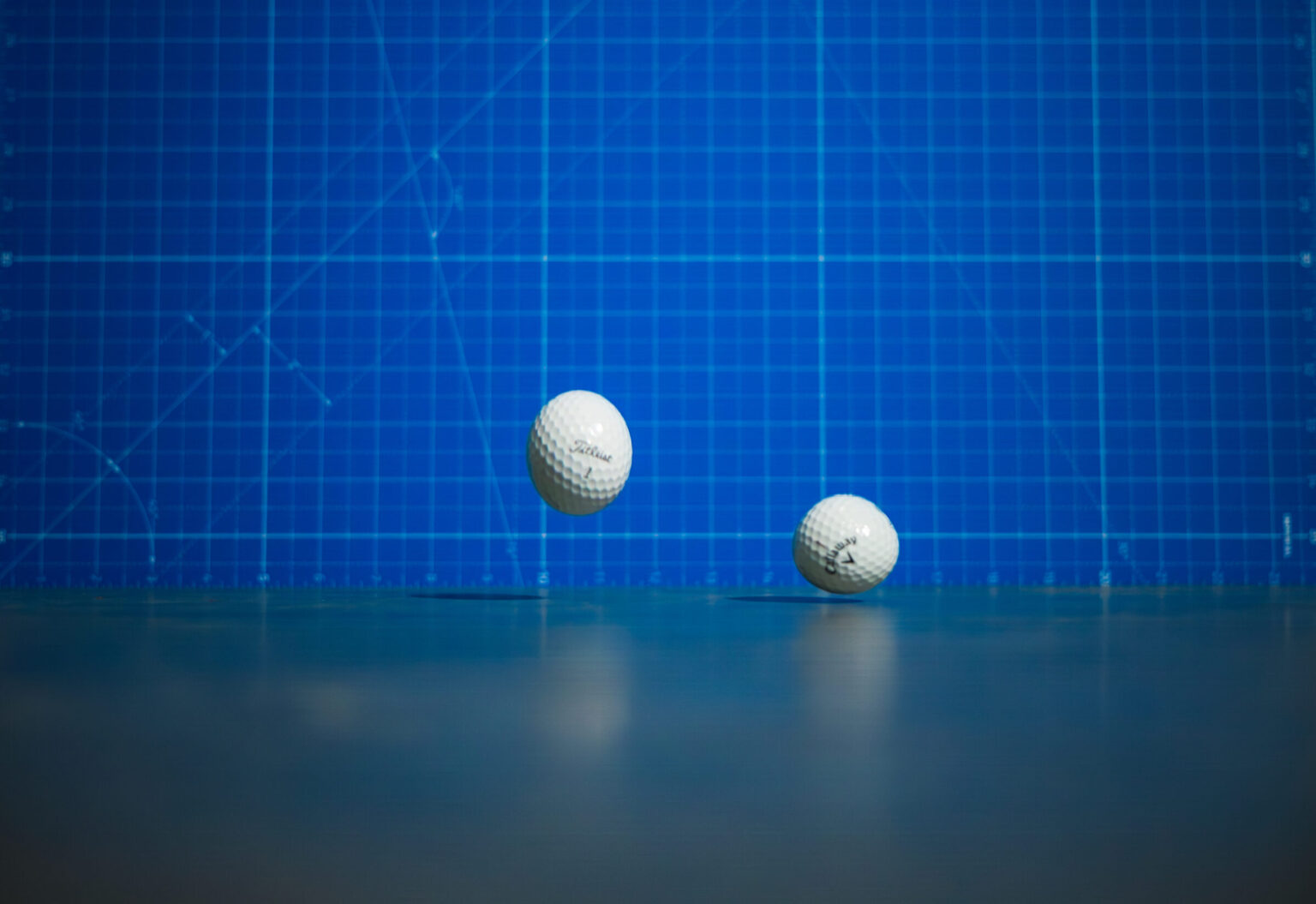The Lowdown on Golf Ball Drop Tests: What You Really Need to Know
Hey there, fellow golf lovers! So, I recently got an interesting email from a reader named Bobby J. He’s been on a mission to figure out what he can learn from his golf ball drop tests. This really got me thinking about how this simple test might reveal more than just a ball’s bounce.
What’s the Deal with the Drop Test?
Bobby’s been cleaning up his garage and found some old golf balls. To test their bounciness, he drops them from shoulder height onto his concrete floor. He’s specifically comparing them to a Callaway Supersoft, which he claims bounces a lot higher than a Pro V1x. Sounds pretty straightforward, right? But is it really a valid way to determine which ball is best for your game?
When you drop a golf ball from shoulder height (about five feet), it hits the ground with an impact speed of roughly 12 mph. Now, compare that to the speed you achieve with your driver, which can be around 90 mph or more! Talk about different leagues! The truth is, when you drop a ball, you’re not really activating the core that does the heavy lifting. Instead, you’re mainly testing how the cover or the outer layer reacts.
So, Why Do Some Balls Bounce Higher?
Bobby, you noticed that the Callaway Supersoft bounces higher than the Pro V1x, and you’re onto something! The Supersoft usually has an ionomer cover, which is firmer compared to the urethane cover found on many high-end balls like the Pro V1x. This firm cover can rebound better during a low-speed drop test.
On the flip side, the Pro V1x, with its softer urethane cover, sacrifices some bounce for the sake of spin and control. When you use a softer material, you get a bit of a thud when it hits, which is key for those tightly controlled shots around the green. So while you may see the Supersoft take the bounce crown in your test, remember that it’s just one piece of the puzzle.
What the Drop Test Doesn’t Reveal
Now, let’s get real for a sec. Here’s what you won’t learn from a drop test:
-
Ball Speed Potential: The max ball speed you can get comes from the compression of the ball during a real swing.
-
Launch and Spin Characteristics: These are crucial for how your ball plays off your wedges and irons.
-
Flight Consistency: How the ball cuts through the air matters a whole lot.
- Durability: You can’t tell how it performs during actual play.
In short, dropping a ball from shoulder height doesn’t give you the full picture. It’s more like looking at a tiny slice of the whole cake instead of enjoying the whole delightful dessert!
What Can You Actually Learn?
Here’s where things get interesting! Bobby’s method isn’t entirely a bust. Your drop test can give you a hint about how a ball may feel off your putter or when you chip around the green. Have you noticed that the Supersoft sounds a bit more dull (or thud-y) compared to the click-y Pro V1x? That’s likely due to the construction differences.
If a ball drops significantly lower than others, it could be damaged or not worth using. If that’s the case, toss it in your shag bag! It seems like you’re doing a great job of sorting out those worn-out balls, so keep it up!
The Bottom Line: Go Beyond the Drop Test
If you’re truly serious about golf ball performance, it’s time to consider more comprehensive fitting techniques. While in-person fittings are always recommended for a more personalized approach, tools like PING’s Ballnamic can help you find a good match if you can’t get to a fitting station.
For us regular golfers, nothing beats trying a few premium balls out on the course. Pay attention to how they perform across different clubs and situations. That way, you’re making an informed decision based on real-world observations, not just your garage floor tests!
Got a Golf Question?
Have a question about golf equipment or anything else golf-related? Shoot us an email at ask@mygolfspy.com, and maybe we’ll feature it in an upcoming article!
So, next time you’re dropping golf balls in your garage, remember that while it can be fun and interesting, it’s far from being the definitive way to measure a ball’s performance. Happy golfing!
